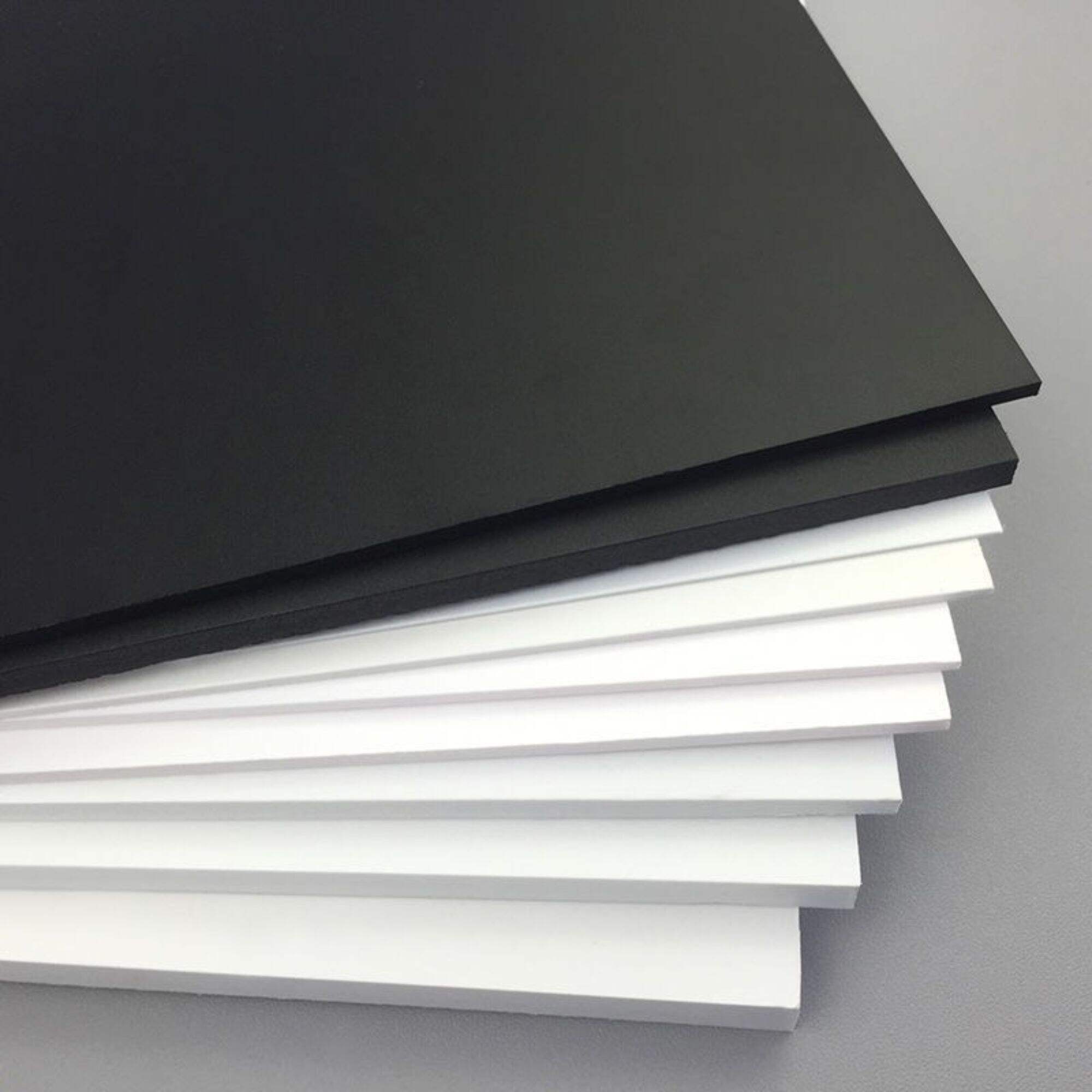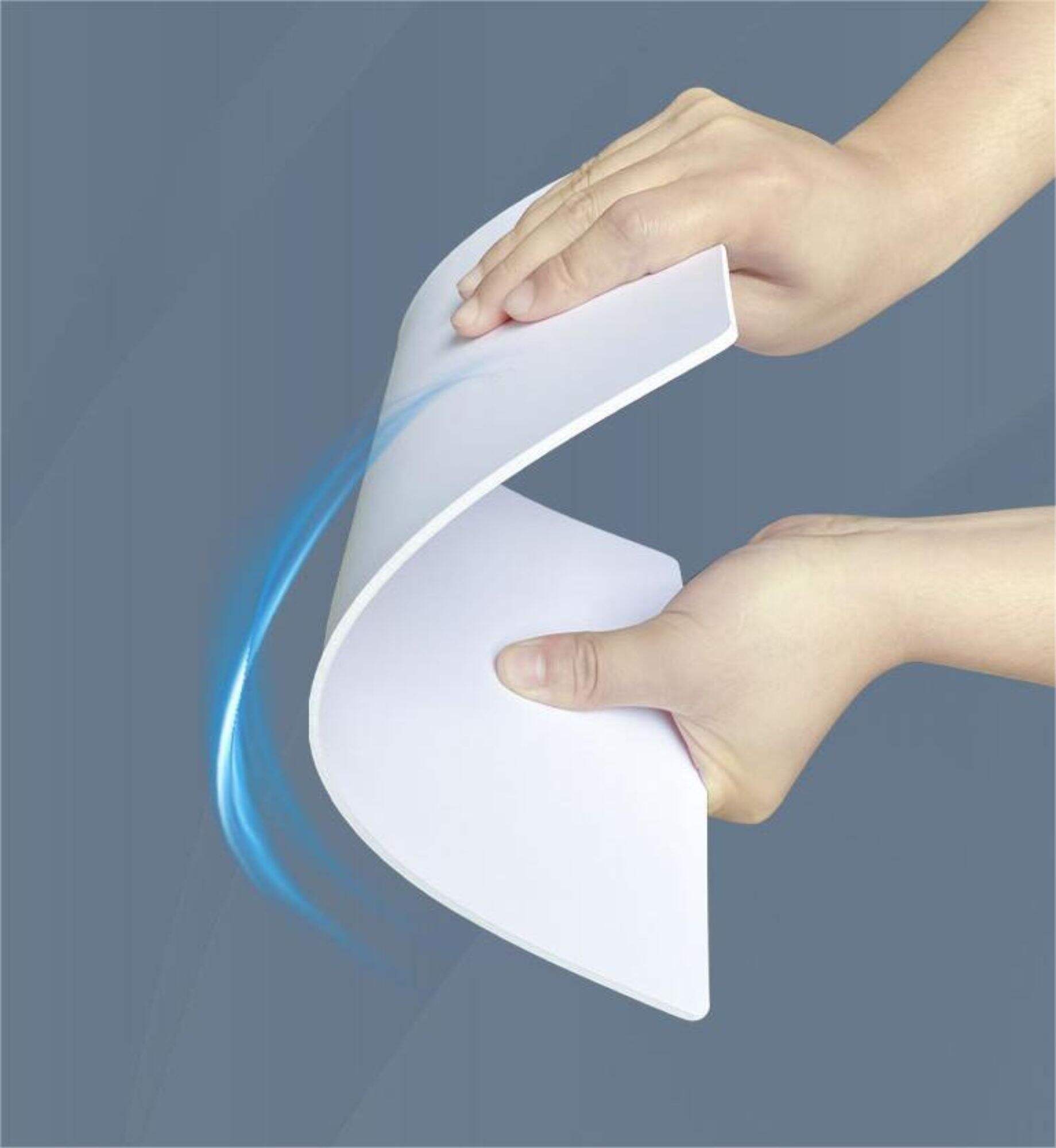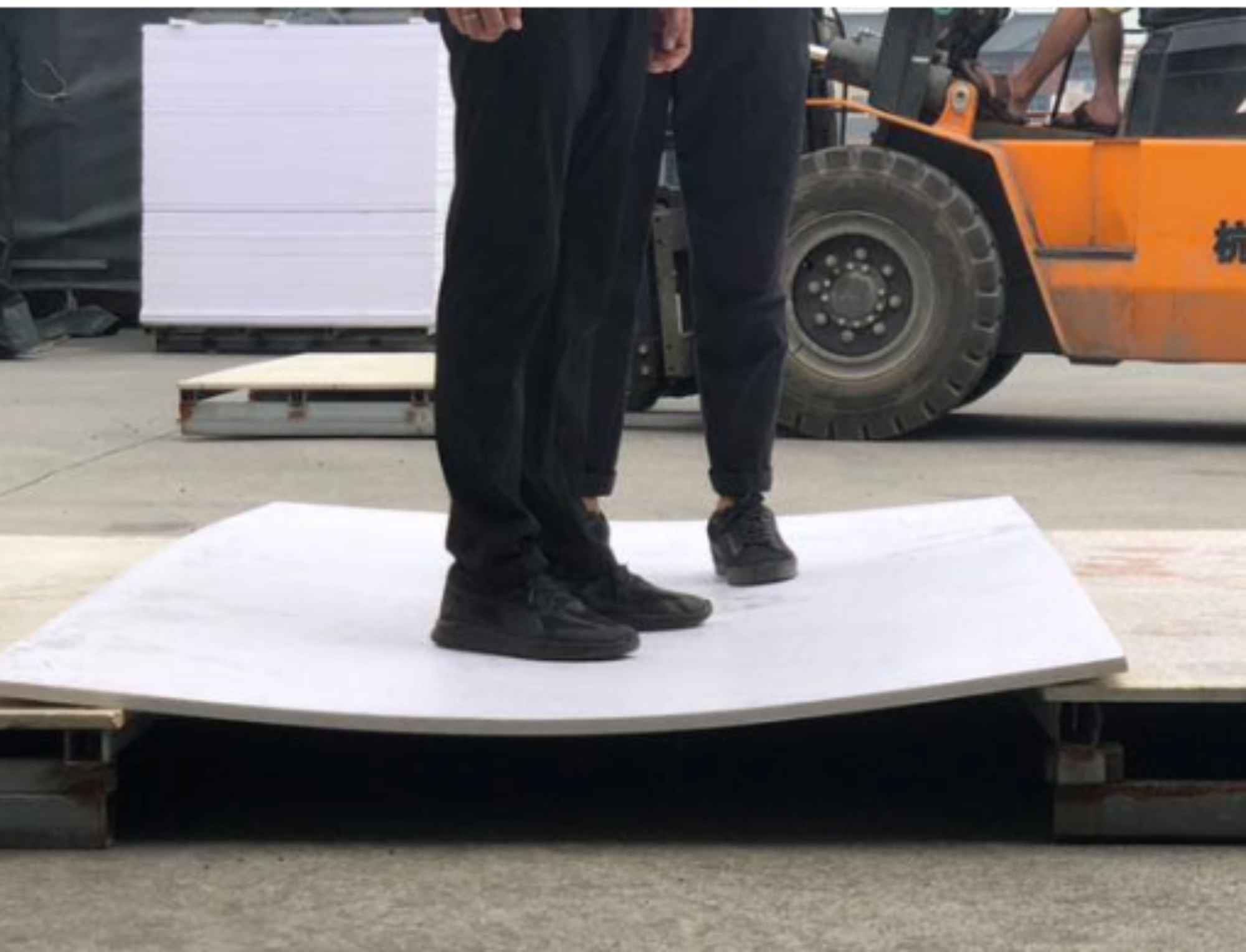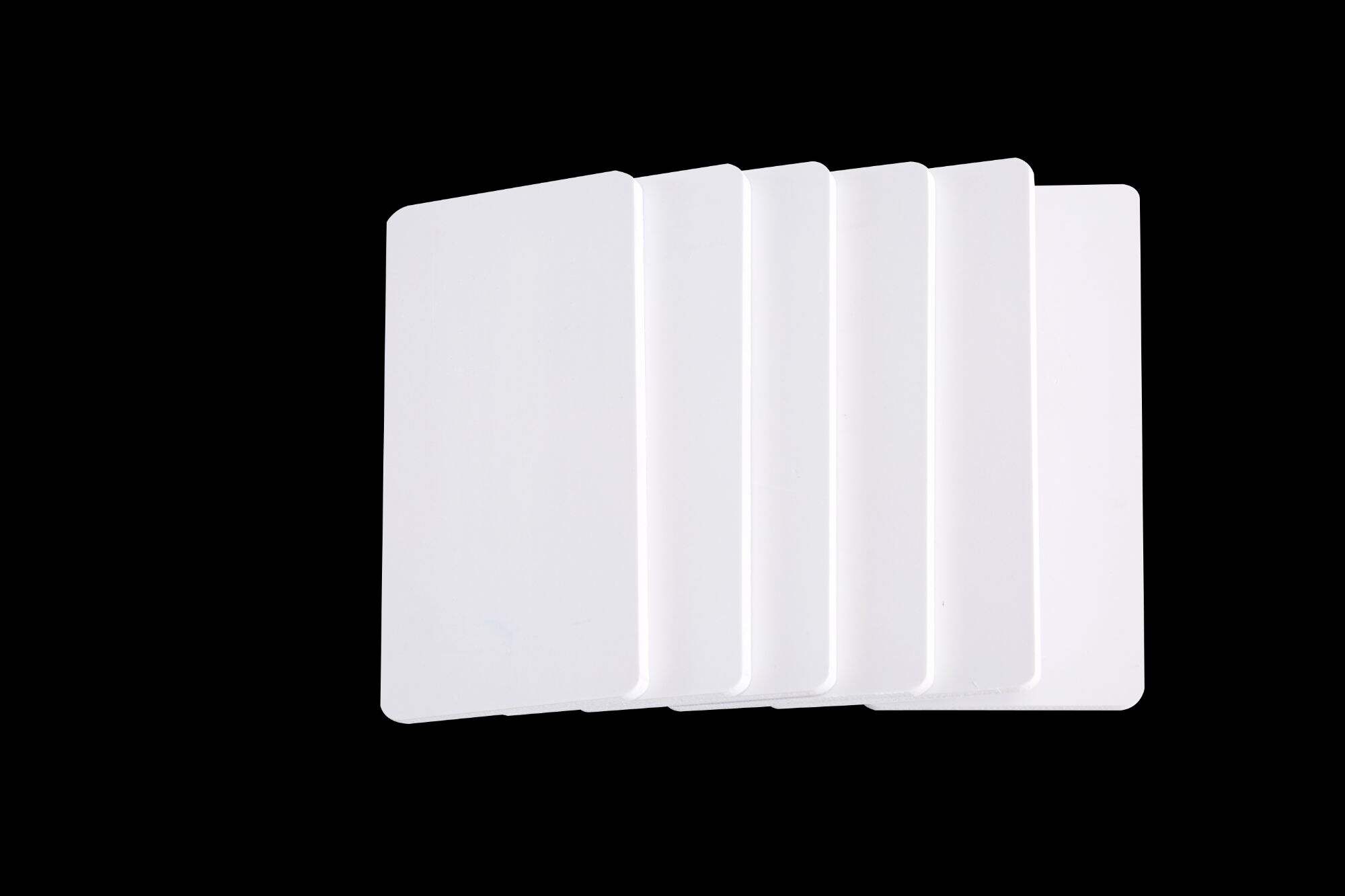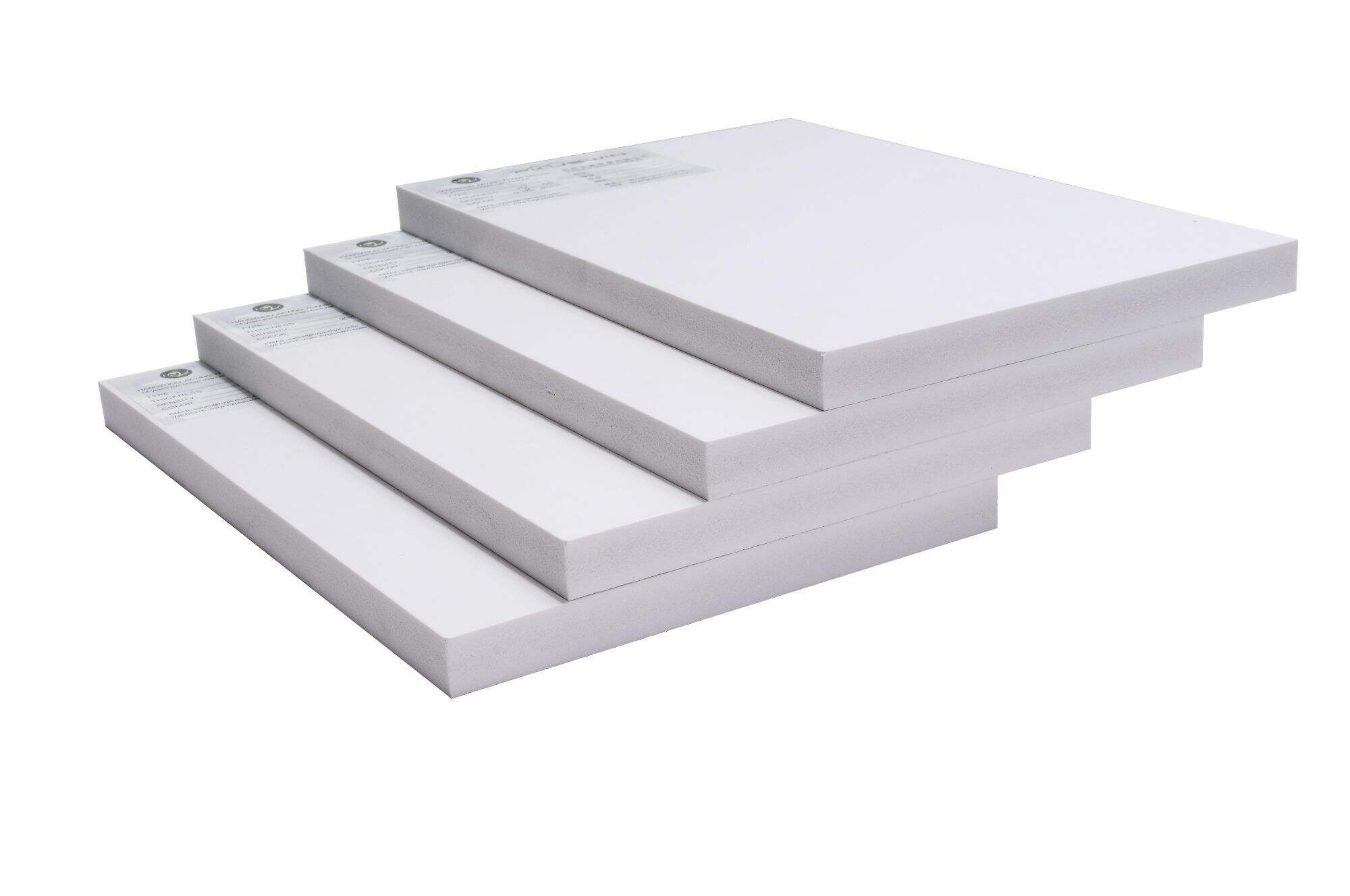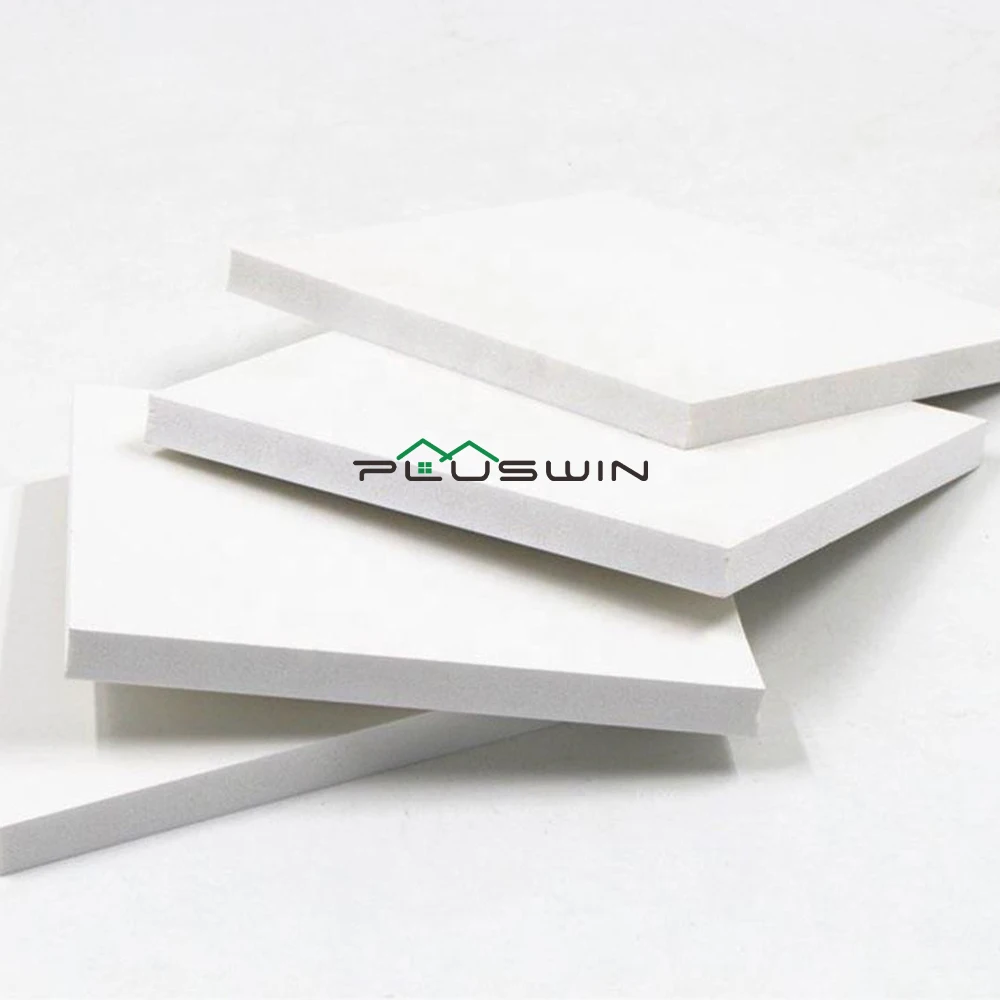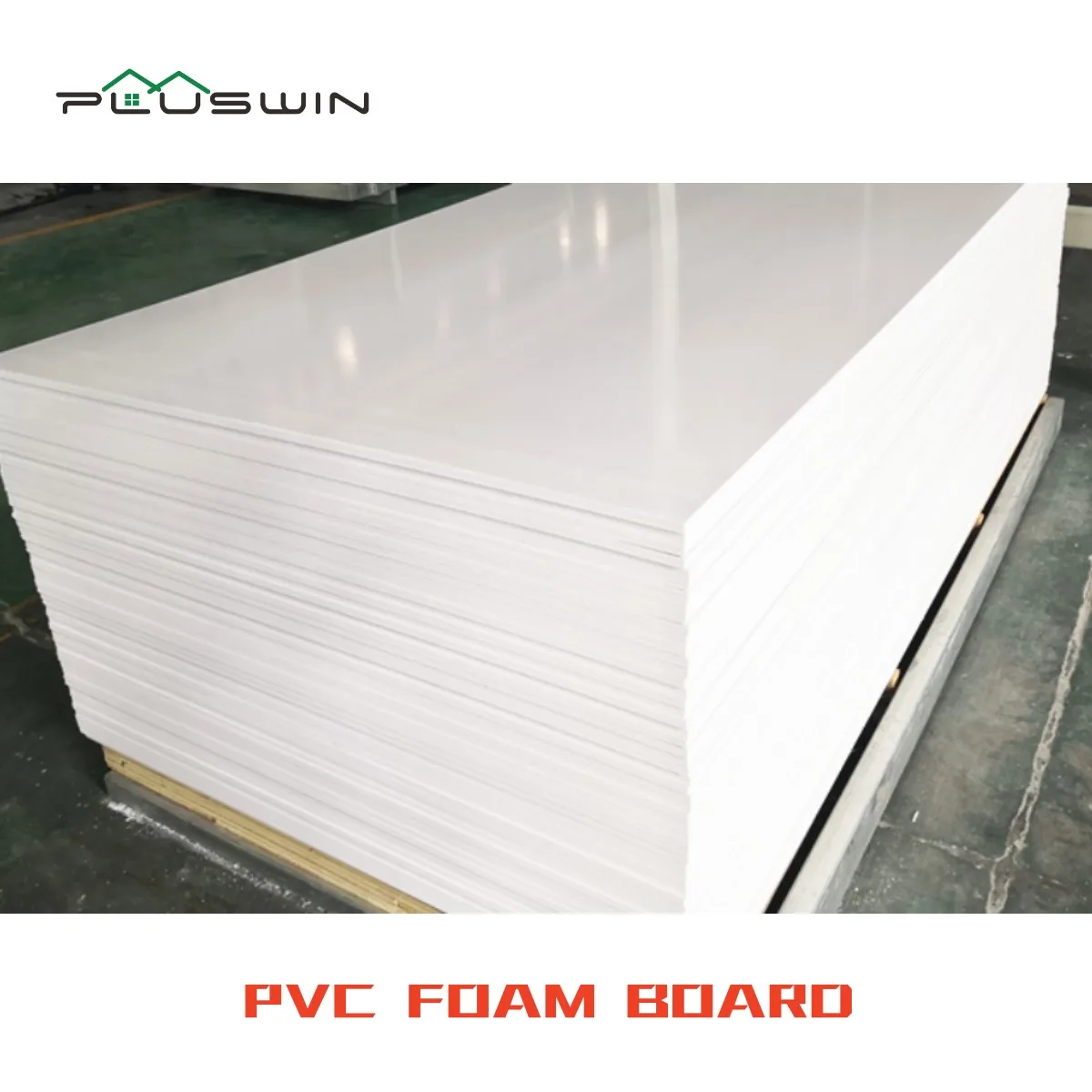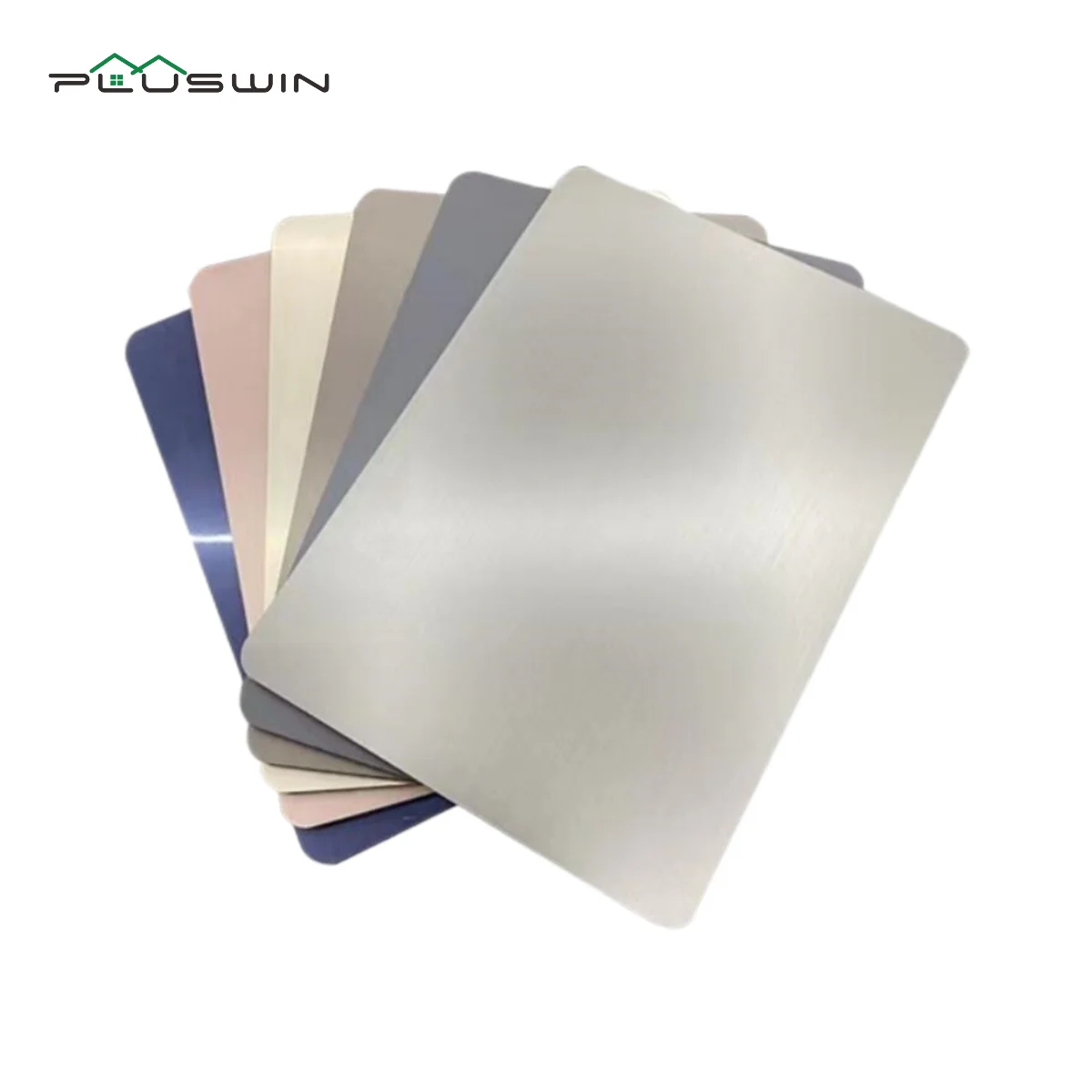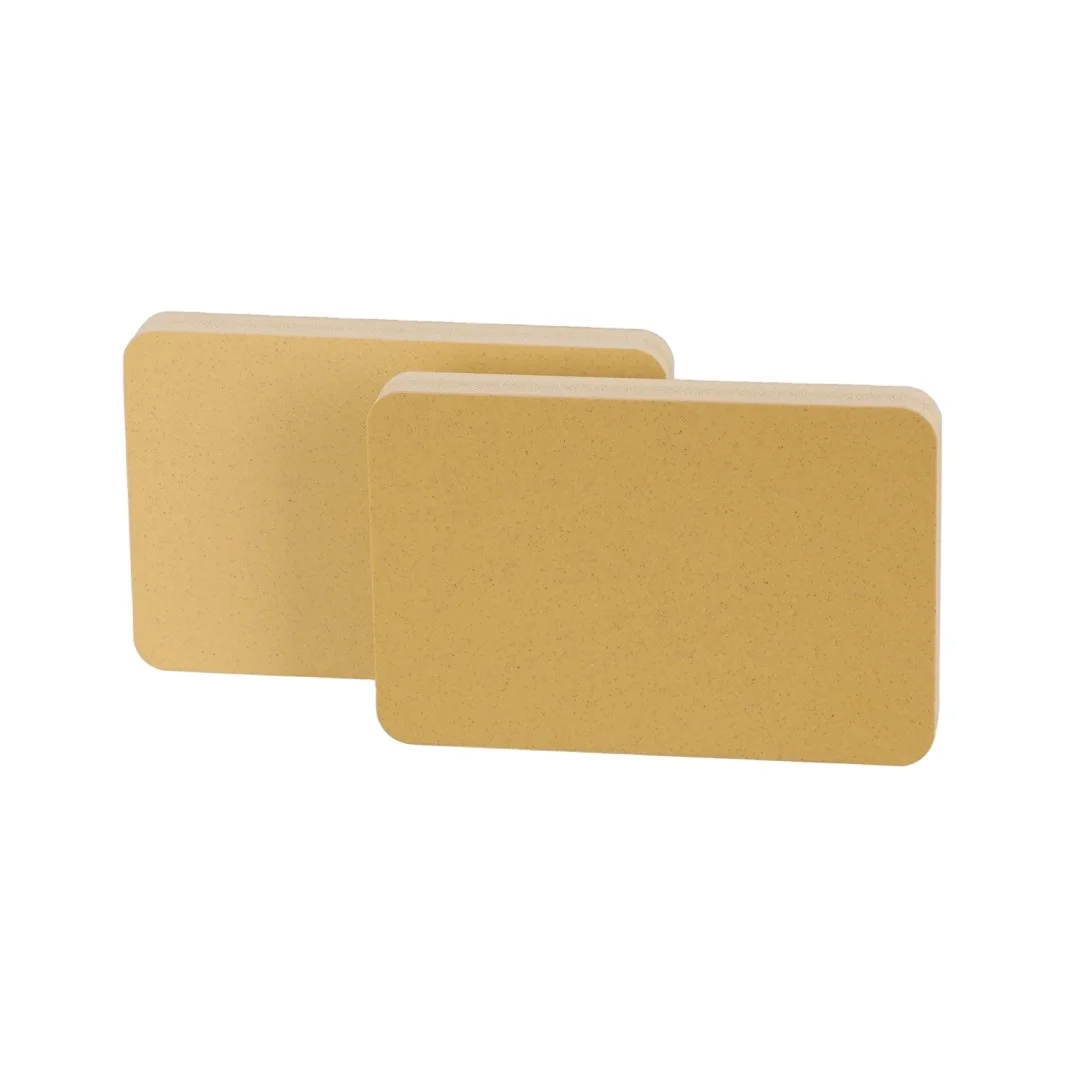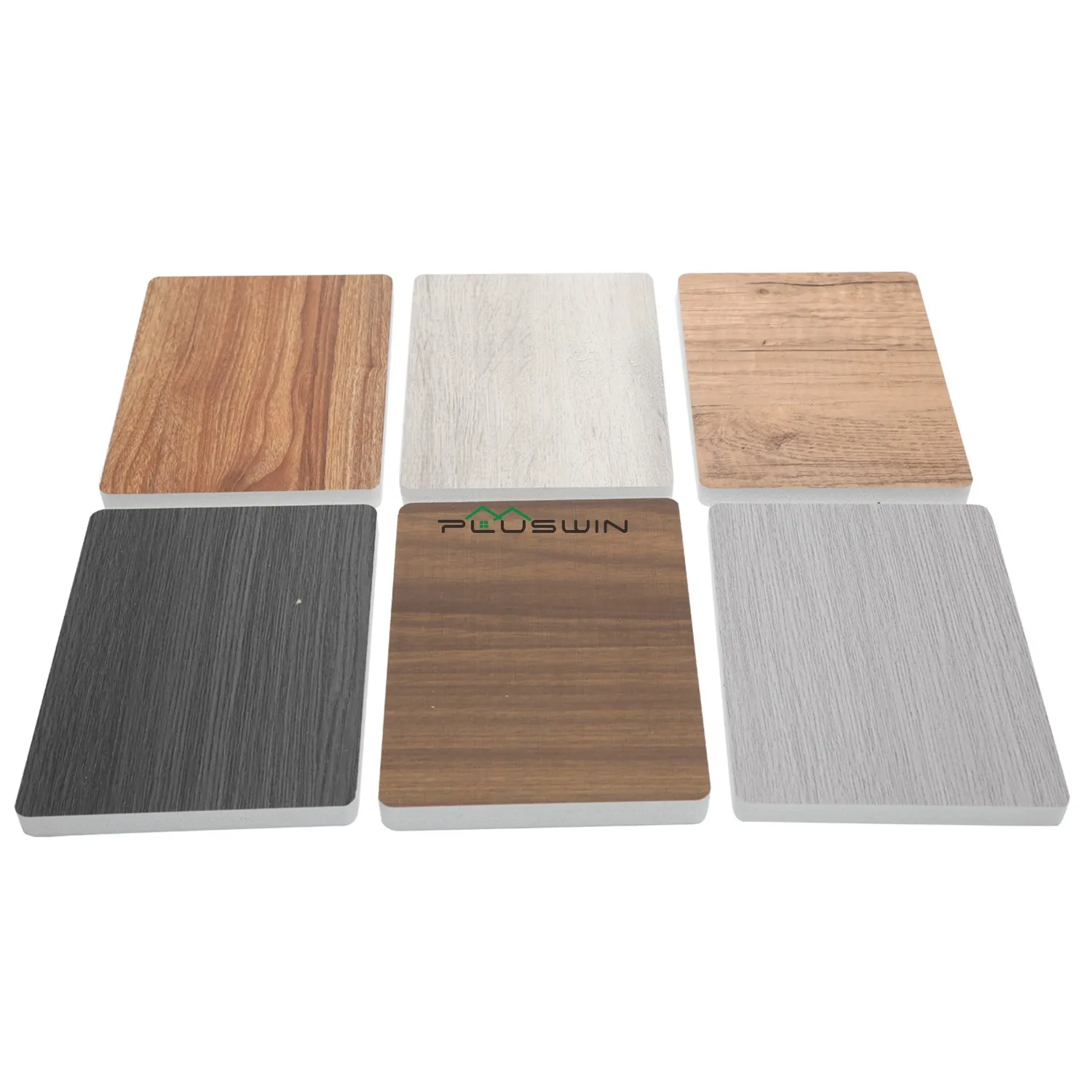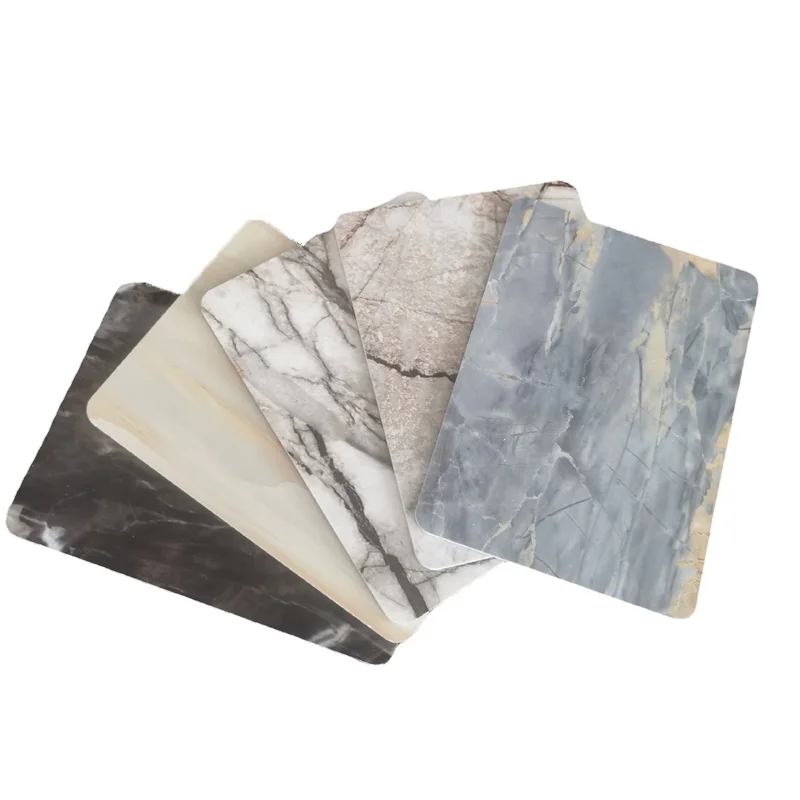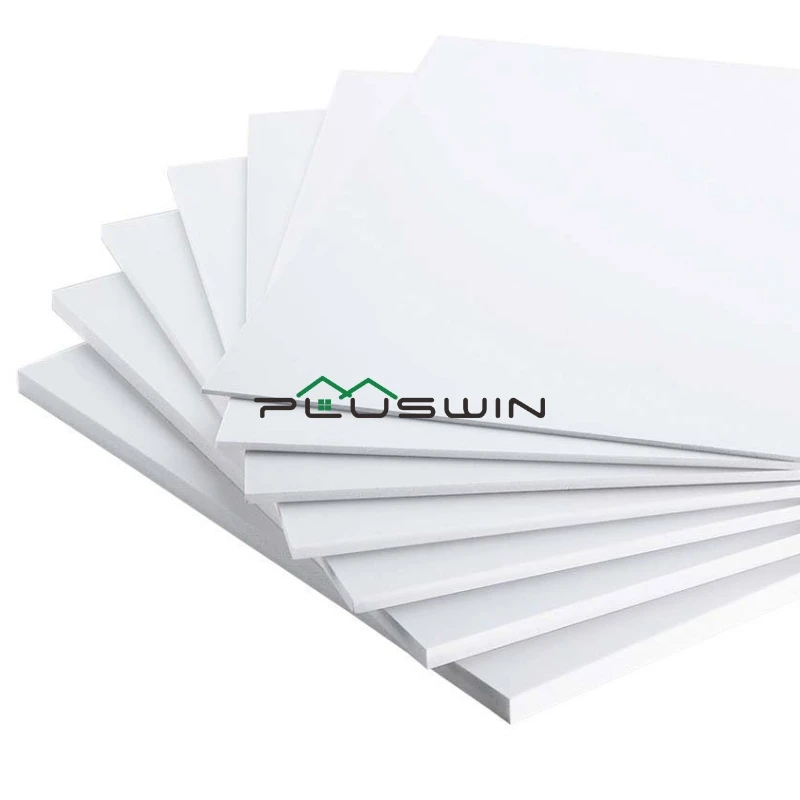PVC foam board Vs KT BOARD: Which Is better For Your Sign?
When it comes to choosing the right material for your sign, the decision can be overwhelming. With so many options available, it's important to understand the differences between PVC foam board and KT board. PVC foam board is a versatile and durable material commonly used in the signage industry. It is made from a combination of PVC and foam, providing a lightweight yet sturdy option for outdoor and indoor signage. On the other hand, KT board, also known as Kappa board, is a type of foam board that is made from a lightweight foam core sandwiched between two thin sheets of paper. It is commonly used for temporary signage and displays. In this article, we will compare PVC foam board and KT board in terms of their features, benefits, and applications. We will also provide case studies and examples to help you make an informed decision on which material is better suited for your sign.
What is PVC Foam Board?
PVC foam board, also known as Expanded PVC (Polyvinyl Chloride), is a versatile and durable material that has gained immense popularity in various industries. This lightweight board is made from a combination of PVC resin and foam additives, resulting in a rigid yet flexible product. Its unique properties make it an ideal choice for a wide range of applications.
One of the key advantages of PVC foam board is its exceptional strength and durability. It is resistant to impact, moisture, chemicals, and UV radiation, making it suitable for both indoor and outdoor use. This makes it a popular choice for signage, exhibition displays, and outdoor advertising. Additionally, its excellent dimensional stability ensures that it remains flat and rigid in different weather conditions.
Another notable feature of PVC foam board is its ease of fabrication. It can be easily cut, shaped, and routed into various sizes and designs. This makes it a preferred material for DIY enthusiasts, architects, and designers who require customized solutions. Its smooth surface allows for flawless printing and laminating, making it an excellent choice for digital and screen printing applications.
In addition to its physical properties, PVC foam board is also highly cost-effective. Compared to other materials such as wood, metal, or glass, PVC foam board offers a more affordable solution without compromising on quality. Its lightweight nature also reduces transportation and installation costs, making it an economical choice for large-scale projects.
Furthermore, PVC foam board is an environmentally friendly option. It is 100% recyclable, ensuring minimal impact on the environment. Its production process also consumes less energy compared to other materials, making it a sustainable choice for eco-conscious individuals and businesses.
What is KT Board?
KT board, also known as PVC foam board, is a versatile and widely-used material in various industries. It is made up of polyvinyl chloride (PVC) foam, which gives it a lightweight yet sturdy structure. This board is often used in advertising, signage, and display applications due to its excellent printability and durability.
One of the key features of KT board is its weather resistance. It can withstand harsh weather conditions, making it suitable for outdoor use. Whether it's raining or scorching hot, the board will not warp or fade easily, ensuring that your message or artwork remains intact for a long time.
Another advantage of KT board is its easy customization. It can be easily cut into different shapes and sizes, allowing for creative and eye-catching designs. This makes it a popular choice for businesses looking to create unique and personalized signs or displays. The smooth surface of the board also ensures that colors and images stand out vividly, enhancing the overall visual impact.
In addition to its visual appeal, KT board is also known for its durability. It is resistant to scratches, dents, and impacts, making it a long-lasting investment. This is particularly beneficial for businesses that require signage or displays that can withstand heavy usage or transportation.
Furthermore, KT board is lightweight, making it easy to handle and transport. Compared to traditional materials like wood or metal, this foam board is much lighter, reducing the effort and cost associated with installation and transportation. Whether you need to mount it on a wall or carry it to a trade show, KT board offers convenience and flexibility.
The versatility of KT board extends beyond advertising and signage. It can also be used in various other applications such as construction, interior design, and arts and crafts. Its smooth surface and easy workability make it suitable for creating decorative elements, architectural models, and DIY projects.
Comparison of PVC Foam Board and KT Board
When it comes to choosing the right material for your signage or printing needs, two popular options that often come up are PVC foam board and KT board. While both materials have their own unique advantages, understanding the key differences between them can help you make an informed decision.
PVC foam board, also known as expanded PVC or foamex, is a lightweight and durable material. It is made from a combination of PVC resin and foaming agents, which gives it a cellular structure. This structure not only makes PVC foam board lightweight but also provides excellent insulation properties. It is resistant to moisture, chemicals, and UV rays, making it suitable for both indoor and outdoor applications. PVC foam board is easy to cut, shape, and fabricate, making it a versatile choice for signage, displays, and other creative projects.
On the other hand, KT board, also known as foam board or foam core board, is made from a layer of foam sandwiched between two layers of paper or plastic. This construction gives KT board a lightweight and rigid structure. It is commonly used for temporary signage, displays, and presentations. KT board is easy to handle and transport due to its lightweight nature. It can be easily cut, scored, and folded to create various shapes and sizes. However, it may not be as durable or weather-resistant as PVC foam board.
When comparing PVC foam board and KT board, it is important to consider the specific requirements of your project. If you need a material that can withstand outdoor conditions and provide long-term durability, PVC foam board is a better choice. Its resistance to moisture and UV rays ensures that your signage or display will remain intact even in harsh weather conditions. On the other hand, if you are looking for a cost-effective and lightweight option for temporary or indoor applications, KT board can be a suitable choice.
Case Studies and Examples
Case studies and examples play a vital role in various industries, providing real-life instances that validate theories, ideas, and concepts. When it comes to PVC foam boards, case studies and examples can be incredibly valuable in demonstrating the versatility and effectiveness of this material.
One notable case study involves the use of PVC foam boards in the advertising and signage industry. Companies are increasingly turning to PVC foam boards for their advertising needs due to their lightweight yet durable nature. These boards can be easily cut, shaped, and printed on, making them ideal for creating eye-catching displays and signage. In a case study conducted by a prominent advertising agency, it was found that using PVC foam boards for signage resulted in a significant increase in brand visibility and customer engagement. The versatility of these boards allowed for the creation of unique and attention-grabbing designs that stood out from traditional signage options.
Another case study worth mentioning involves the use of PVC foam boards in the construction industry. PVC foam boards are known for their excellent insulation properties, making them an ideal choice for various construction applications. In a case study conducted by a leading construction firm, PVC foam boards were used as insulation material for a commercial building. The results were remarkable, as the building experienced a significant reduction in energy consumption and improved thermal comfort. The lightweight nature of PVC foam boards also made installation easier and more efficient, resulting in cost savings for the construction company.
Furthermore, examples of PVC foam board applications can be found in various industries, including interior design and furniture manufacturing. PVC foam boards are commonly used for creating decorative wall panels, furniture components, and even exhibition stands. Their versatility, durability, and ease of use make them a preferred choice for designers and manufacturers alike.
Conclusion
In conclusion, PVC foam board and KT board (also known as PVC foam board) are versatile and durable materials that find applications in various industries. PVC foam board offers exceptional strength, ease of fabrication, and environmental friendliness, making it a preferred choice for signage, advertising, and architectural projects. It can withstand harsh weather conditions and maintain its shape, making it reliable for both indoor and outdoor applications. On the other hand, KT board is lightweight, cost-effective, and easy to customize, making it ideal for temporary or indoor applications. Both materials have their own advantages and applications, and businesses can make informed decisions by understanding the differences between them. Case studies and examples showcasing the benefits and potential applications of PVC foam boards are essential for businesses to incorporate this innovative material into their operations.
Recommended Products
Hot News
-
'PLUSWIN' made a brilliant appearance at the 136th Canton Fair, with innovative products leading the industry's new trend
2024-10-23
-
frequently asked question (FAQ)
2023-11-30
-
PVC foam board Vs KT BOARD: Which Is better For Your Sign?
2023-11-27
-
Understanding the Versatility of PVC Foam Boards
2024-07-12
-
Foam PVC board vs Solid PVC board: Which Is Better?
2024-06-12
-
PVC FOAM BOARD APPLICATION
2023-11-27
-
The New Elegance of Lacquered Fans - PVC Foam board Surfaces, Leading the Global Trend!
2024-06-26
-
"Jiaying" won the title of Alibaba International Station's Most Powerful Marketing Merchant of the Year
2024-06-26
-
HANGZHOU JIAYING TRADE CO.LTD, specializing in the production of PVC board with its excellent quality
2023-11-27
-
We are excited to announce that we will be participating in the 135th Canton Fair from October 23rd to 27th.
2024-09-13

